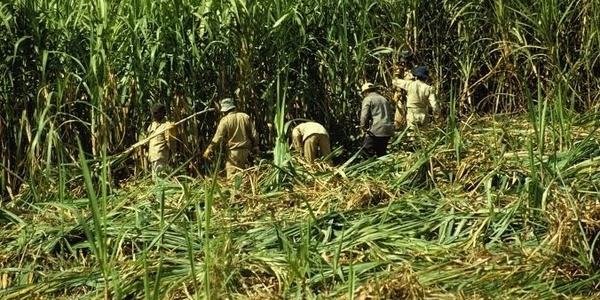
This Amazing Bio Brick Can Absorb Carbon Dioxide!
People are nowadays becoming more aware of the need to conserve and protect the environment and are coming up with eco-friendly alternatives for the existing conventional products. One such person is Priyabrata Rautray , a Ph.D. scholar in the Design Department of IIT-Hyderabad, who along with other research scientists, has designed and developed a brick from sugarcane bygasse, a dry pulpy fibrous residue left after the cane is crushed for its juices. Eco-friendly Brick The bio-bricks made from sugarcane bygasse are eco-friendly as they are sustainable and act as carbon sinks. The bricks can absorb more carbon dioxide than they produce. A single brick is made from 900 grams of sugarcane residue which if burnt would release 639 grams of carbon dioxide causing environmental pollution. The good news is that the bio brick can also absorb carbon dioxide to the extent of 322.2 grams of carbon dioxide per brick. Brick Making Process The farm waste like paddy straw or sugarcane bygasse is used to make these eco-friendly bricks. The bagasse is chopped up, added to a fine lime-based slurry, and mixed thoroughly - either by hand or a mechanical mixer - to create a homogenous mixture. These bricks are then poured in moulds of desired shapes and left to dry in the sun for 15-20 days. It is air-dried for one month and then they are ready to be used in low-cost housing with a combination of wooden or metal structures. An added advantage of these bricks is that they provide good insulation from heat and sound, and also maintains the temperature of the house.
